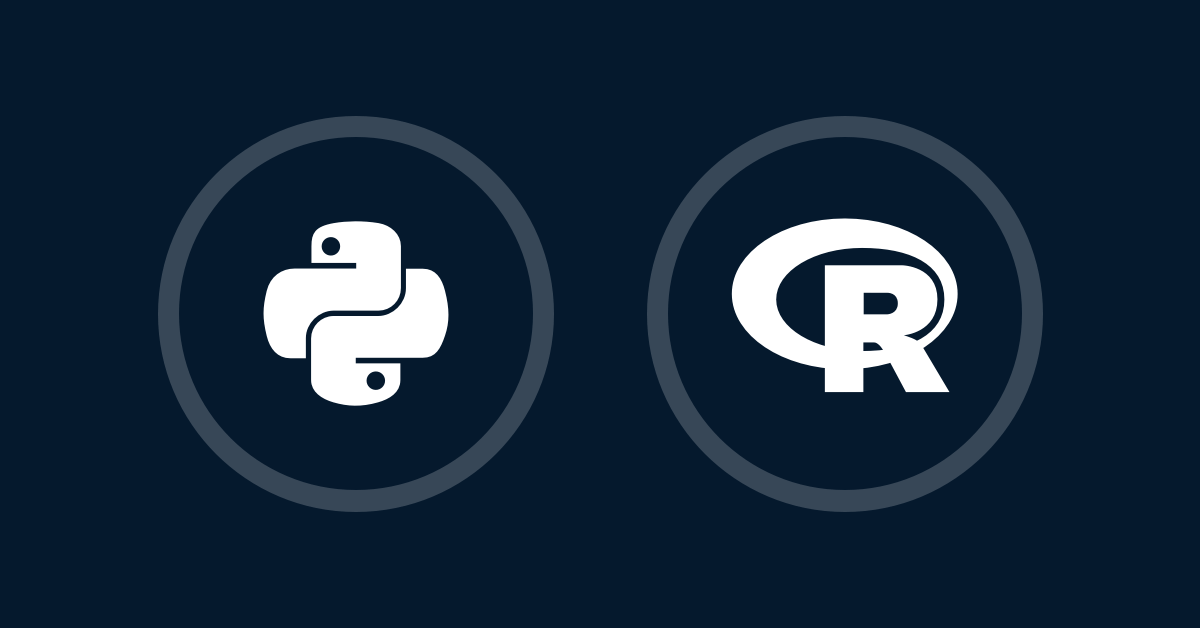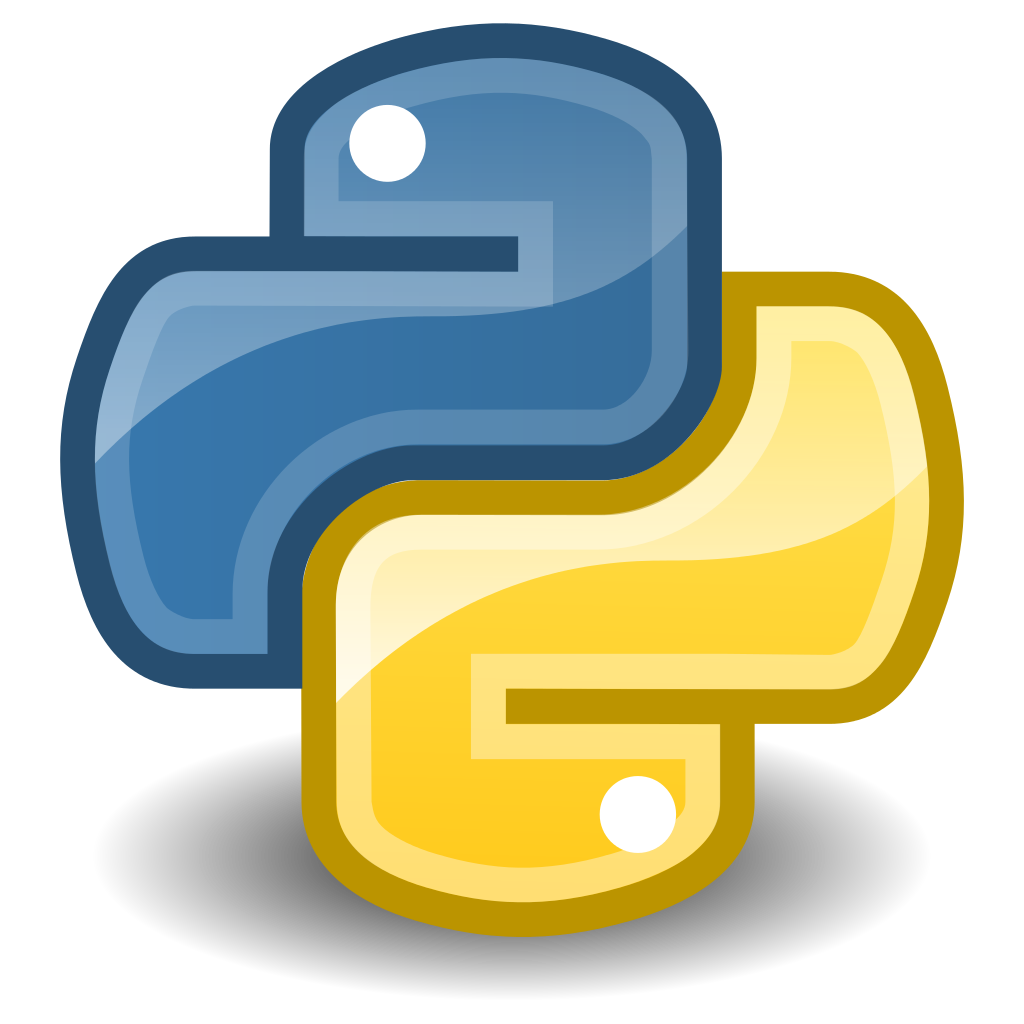Artificial intelligence is revolutionizing industries across the globe, and Python has become the go-to language for AI development. As you dive into the world of AI, mastering Python skills is crucial to unlock advanced possibilities and create cutting-edge solutions. With its versatility and extensive libraries, Python empowers you to tackle complex AI challenges and bring innovative ideas to life.
In this article, you’ll discover the essential Python skills needed to excel in AI development. We’ll explore how Python serves as the foundation for machine learning frameworks, enabling you to build powerful AI applications. You’ll learn advanced Python techniques specifically tailored for AI projects, and gain insights into responsible AI practices. Whether you’re a beginner or an experienced developer, this guide will equip you with the knowledge to harness the full potential of AI using Python.
Python: The Foundation of AI Development
Why Python is Essential for AI
Python has become the go-to language for AI development, and for good reason. Its simplicity and readability make it accessible to newcomers, while its powerful features enable rapid development and testing of complex models. You’ll find that Python’s versatility allows you to choose between object-oriented programming or scripting, giving you the flexibility to solve problems efficiently.
One of Python’s greatest strengths is its extensive ecosystem of libraries and tools specifically designed for AI and machine learning. These libraries provide pre-written code that allows you to perform complex tasks without starting from scratch. This wealth of resources significantly reduces development time and enables you to focus on creating innovative AI solutions.

Key Python Libraries for AI
To harness the full potential of AI with Python, you’ll want to familiarize yourself with these essential libraries:
- TensorFlow: This open-source library, developed by Google, enables you to construct deep learning and machine learning models, regardless of your skill level.
- NumPy: As a numerical library, NumPy excels in handling large, multi-dimensional arrays and matrices, making it ideal for scientific computations in AI.
- Keras: This high-level API is perfect for experimenting with neural networks and can be integrated with other popular libraries like TensorFlow and PyTorch.
- Scikit-learn: Supporting classical machine learning algorithms, Scikit-learn is a favorite among beginners and professionals for prediction modeling.
- Pandas: This library serves as a data analysis hub, helping you work with time series and structured multidimensional data.
Python’s Data Handling Capabilities
In AI development, effective data management is crucial. Python’s robust data structures make it an excellent tool for AI engineers. Here’s how Python enhances your data handling capabilities:
- Data Preprocessing: Python’s functional programming features, including lambda functions and map, improve code efficiency for tasks like data filtering, sorting, and transformation.
- Data Organization: Python’s data classes serve as structured toolboxes, helping you organize datasets, encapsulate model evaluation metrics, and handle predictive analytics data.
- Type Validation: Python’s type hinting feature ensures code clarity and reduces errors by validating data types fed into models.
- File Handling: The pathlib library simplifies reading and writing files, which is essential for dataset management, model configuration, and documenting AI experiments.
By mastering these Python skills and libraries, you’ll be well-equipped to tackle complex AI challenges and create cutting-edge solutions. Python’s simplicity, coupled with its powerful capabilities, makes it the ideal foundation for your AI development journey.
Machine Learning Frameworks in Python
TensorFlow: Google’s Powerhouse
TensorFlow, developed by Google, has become a cornerstone in AI and machine learning projects. This open-source framework offers an extensive and adaptable ecosystem of tools, libraries, and community resources. You’ll find TensorFlow’s versatility allows for both high-level APIs like Keras and more intricate low-level APIs, giving you the flexibility to create and train models efficiently.
One of TensorFlow’s standout features is its graph-based computation model. This approach represents operations as nodes in a data flow graph, enabling efficient utilization of CPU and GPU resources. You’ll appreciate TensorFlow’s scalability, as it’s capable of running on both desktops and large-scale distributed systems.
For visualization and debugging, TensorFlow provides TensorBoard, a unique tool that helps you understand and refine your models. With its broad adoption in industry and academia, you’ll benefit from a large community of developers and researchers supporting the framework.
Scikit-learn: The Swiss Army Knife of ML
Scikit-learn stands out as one of the most useful libraries for machine learning in Python. It offers a wide array of efficient tools for machine learning and statistical modeling, including classification, regression, clustering, and dimensionality reduction.
With scikit-learn, you’ll have access to various algorithms such as gradient boosting, nearest neighbors, random forest, and logistic regression. The library excels in tasks like spam detection, image recognition, drug response prediction, and customer segmentation.
One of scikit-learn’s strengths is its simplicity and efficiency for predictive data analysis. It’s designed to be accessible to everybody and reusable in various contexts. Built on NumPy, SciPy, and matplotlib, scikit-learn integrates seamlessly with other scientific Python libraries.
By mastering these frameworks, you’ll be well-equipped to tackle a wide range of AI and machine learning challenges, from research and experimentation to large-scale production deployments.
Advanced Python Techniques for AI
Working with Neural Networks
To unlock the full potential of AI with Python, you need to master neural networks. These powerful tools enable you to build systems that learn and make predictions. You can create a neural network from scratch or use libraries like Keras and TensorFlow. When building from scratch, you’ll need to understand the basics of vectors, layers, and linear regression.
To get started, import necessary libraries and define your input data using NumPy. Next, add weights and bias to your input features. These are learnable parameters that adjust during training. The training process involves making predictions, comparing them to desired outputs, and adjusting the network’s internal state.
Natural Language Processing in Python
Natural Language Processing (NLP) is a crucial field in AI that focuses on making human language usable by computers. Python’s NLTK package is an excellent tool for NLP tasks. To begin, you’ll need to preprocess your text data, which involves cleaning and standardizing it.
Key NLP techniques include:
- Syntactical parsing: Analyzing words for grammar and relationships
- Named Entity Recognition (NER): Detecting names of people, places, and organizations
- Topic modeling: Identifying hidden patterns in text corpora
- Word embedding: Representing words as vectors to preserve contextual similarity
Computer Vision Applications
Computer vision enables machines to interpret and analyze visual data, opening up a wide range of applications. Python libraries like OpenCV, SimpleCV, and scikit-image provide powerful tools for image processing and analysis.
Some key applications of computer vision include:
- Facial recognition for security systems
- Self-driving cars for autonomous navigation
- Medical imaging for disease detection
- Agricultural monitoring for crop health assessment
- Quality control in manufacturing
To implement computer vision projects, you can use frameworks like TensorFlow or PyTorch, which offer pre-trained models and flexible tools for creating custom solutions.
Conclusion
Python’s role in AI development is undeniable, offering a robust foundation for creating cutting-edge solutions. Its versatility, coupled with powerful libraries and frameworks, enables developers to tackle complex challenges in machine learning, natural language processing, and computer vision. The language’s simplicity and extensive ecosystem make it an ideal choice to build and deploy AI applications across various industries.
To wrap up, mastering Python skills is crucial to unlock advanced AI potential. By leveraging Python’s data handling capabilities and machine learning frameworks, developers can create innovative solutions that have an impact on real-world problems. As AI continues to evolve, Python remains at the forefront, providing the tools and flexibility needed to push the boundaries of what’s possible in artificial intelligence.
Tags: Python, python development



